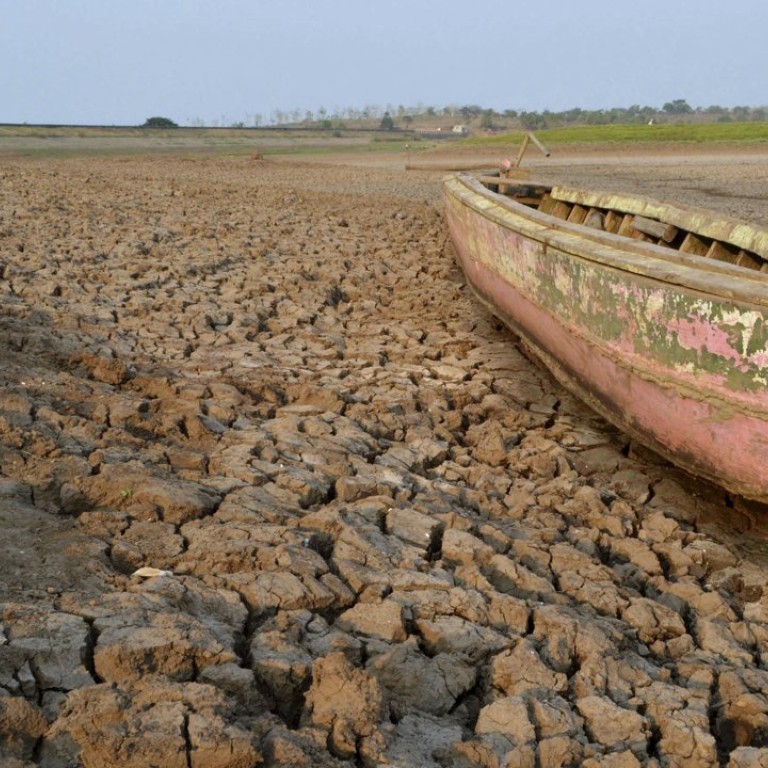
Time to weatherproof investment portfolios from El Nino
It gives new urgency to the question ‘What’s the weather like today?’ As one of the strongest El Nino weather patterns over the past 60 years builds towards its peak next month, analysts suggest investors should position their portfolios for an inclement outlook.
Sectors including insurers, agricultural suppliers, utilities and financial stocks are likely to be impacted by this triennial period of ocean warming; believed to contribute to extreme weather phenomenon around the Pacific Rim. Its impact is wide ranging and often unpredictable. Floods in one country are followed by drought in the next nation.
El Nino was first noticed by South American anchovy fishermen in the 19th century and was named after the Christ child because it would normally show up around Christmas.
Australian insurers for example may welcome El Nino this time around, wrote analysts at Macquarie Research this month, as predicted dryer weather decreases the chance of destructive and costly crop crushing hailstorms or floods.
On the other hand, farm equipment firms like tractor maker Deere, or fertiliser producers like Potash Corporation, will see orders drop if farmers’ income dips from lower crop yields, Macquarie wrote.
Excess rainfall in parts of North and South America, could boost electricity output and share prices at hydro dams, while weaker monsoons in India, and arid weather in Australia and Southeast Asia might drive up food prices as crops fail. In another example put forward by Macquarie, Australian iron ore miners might benefit at the expense of Brazilian players like Vale, if heavy rains disrupt Brazilian mines and logistics routes.
It’s an imperfect model though investors have been betting on the weather for decades; the futures market was created so farmers could lock in sale prices long before the harvest.
For analysts at investment bank Jefferies, El Nino is a “contrarian” play that could have wide ranging implications as bad harvests and food scarcity push up prices and inflation.
Indonesia’s cocoa output is at risk and could lift cocoa futures in London and New York. The key ingredient in manufacturing chocolates, Indonesia is the world’s third largest producer of the bean.
Thailand’s rice production has been hit by drought, along with sugar where it rivals Brazil as an exporter of the sweetener.
Writing earlier in the summer, Jefferies analysts Sean Darby and Kenneth Chan caution that with a key “food price index that is bouncing off five-year lows and total grain net long speculative positions at more than nine-year lows would indicate that a long position in foodstuffs might be warranted.”
Among soft commodities palm oil price may rise six per cent before year end, wrote Capital Economics commodities economist Hamish Smith, after prices touching a five and half year low in August.
The Malaysian Palm Oil Council has already estimated output in 2016 to be down by 1 million tonnes, although the impact on prices may be muted given record supplies of soybeans in the world, a common substitute.

